|
“New year, new you!” This is an oath many people tend to take as we reach a new year. But what if you could do that with your compost bucket? Rather than hiding it out of sight or leaving a large bucket out in the open, what if you could disguise your old table scraps as something that looks- and smells- more appealing? Waste Not has thought up a few solutions to this conundrum which resulted in making the compost look “pretty” and more appeasing for the those living at home as well as for those visiting. Here are some clever, creative solutions to this conundrum-- feel free to adapt these ideas for your own use! For those who wish to keep their compost in their homes, here are some ideas of what to keep your food scraps in to make it look more attractive! This pretty patterned pitcher is easy to store on a counter and also contains the smell of decomposition! If you don’t wish to designate one of your current pitchers into the “compost container”, you can go to any thrift store and purchase one at a reasonable price. This clear glass container has a greater capacity to hold compost and looks attractive placed upon a kitchen counter or island! With the clear glass, the colors of food scraps and other compostable items can be viewed which, with the variety of color, is rather appeasing to view! Any sort of container like this can be picked up at a thrift store, Walmart, Target, or any other appliance selling story. This crockpot is simple, yet effective! It can sit on any counter in plain view and contain odors effectively. Not a fan of neutral colors or wish to match your compost crockpot with your kitchen? No problem! Check out any thrift stores or appliance shops and purchase one at your own convenience. The idea of keeping compost inside the home is not always appealing to people. Here are the best alternative solutions! To insure that unpleasant odors stay out of the nose’s range of smelling, nothing can beat the great, fresh aired outdoors! It also allows you to free up counter space as well as to avoid the hassle of trying to hide the lesser styleful bucket. Porches, garages, and basements are fantastic places to store your bucket! The only issue is that you now have to go to and from your bucket’s new location to dispose of your compostables. A grand solution to the issue is to line your kitchen sink with a couple layers of newspaper. While cooking, you can toss all compostable items onto the newspaper. Once finished cooking and/or eating, simply pick up the newspaper with the scraps and toss the whole thing in the bucket. Easy peasy! In addition to this, one could also bring the bucket into the home just for meal times. All of these methods are made to make your composting experience with Waste Not less of a chore. Have a method that works better for you that you wish to share? Reach out to us on FaceBook at www.facebook.com/foodwastecomposting/ and tell us about it! We’ll be more than happy to hear from you.
1 Comment
Most people have come to know that there are certain things you can and cannot compost. However, the reality is that almost anything can be composted if it is or had been a living substance in the past. The real trick is composting them properly and treating the compost with the proper care to make sure it is healthy. As explained in last week’s post, Waste Not Composting is currently unable to accept large amounts of dairies and meets due to its specialized manner of proper deterioration. However, the company is currently saving up to purchase an in-vessel composter! In-vessel composters specialize in decomposing meats, biosolids, table scraps, and other biodegradable materials. The in-vessel’s internal environment allows the temperature, airflow, and moisture to be controlled to produce compost much quicker than it would otherwise. This method of composting can also be performed all year round which results in quickly made healthy soil. This form of equipment would increase Waste Not’s intact of compostable goods and, in turn, aid the ecosystem as well as eliminating even more varieties of spoiled food from landfills. With all of the in-vessel’s perks, there are downfalls... In-vessel’s are extremely expensive. The type of in-vessel composter that Waste Not is looking into investing in costs $70-80,000. “I hope to be able to purchase the in-vessel composter by next summer,” says Waste Not Composting Founder, Gretchen Gibb. “The more clients that sign up for service, the sooner I can afford it.” In order to reach this goal, Waste Not needs to hit 500 clients. Waste Not implores current clients to help spread the word of its composting service so as to not only assist us in achieve our goal, but to also assist the environment and improve soil quality. The sooner more people are aware of composting, the sooner landfills will be free of unused renewable resources! When people think of composting, most often a mental image of food scraps, worms, and soil appear in their mind’s eye. However, there are plenty of things that can be composted; the hard part is deciding what to put into your bucket! Here is a list of what customers of Waste Not can put in their weekly compost bin!
Still have some concerns about something you are not certain is composable? A good composting rule to live by is that everything you eat or any part of what you eat can be composted. Food and plants in general are biodegradable and are major components in making fertile soil. Interviewer: What is your business about? Waste Not Compost Founder: Creating healthy soil to grow healthy food! It’s about diverting organic matter from going to a landfill. Food waste rots in anaerobic conditions (landfills) and create potent greenhouse gases. Composting food waste creates a nutrient dense soil amendment. Compost helps plants to fight off diseases, produce more crops, and retain more water in the soil. I: What got you interested in composting? WNCF: I started farming in my backyard and found out that I had terrible soil. I started composting my own households food waste to improve our soil in hopes of having healthier plants! It helped and I was hooked! I: Why did you choose to start a business for composting? WNCF: I truly want to educate people about why composting is so good for a community. The majority of people don’t understand that food waste is a communities resource that can be up-cycled and turned into a valuable natural fertilizer. It is an awesome process to watch and create! I: How did you get started? WNCF: Very s-l-o-w-l-y! At first I was just adding my clients food waste to my own compost pile but realized I needed more space and proper equipment. Currently, I am composting at Springdale Farm in Plymouth and I have two other farms that are also interested. I: Where did you learn everything you know about composting? WNCF: Lots and lots of reading! YouTube has also been very informative. I’ve also toured and talked with farmers about what methods of composting they use. I: What is one of your goals for your business in the upcoming year? WNCF: My goal for 2018 is to reach 500 clients. Once this goal is met, I want to purchase an in vessel composter which will allow me to collect meat and dairy food waste. This method of composting cuts the time to create compost from months to weeks! |
ArchivesCategories |
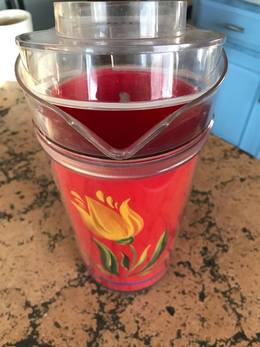
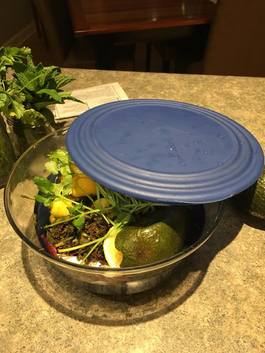
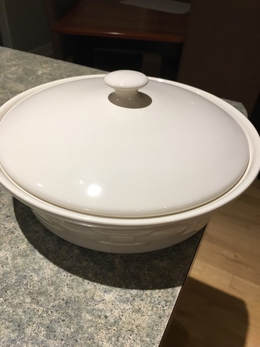
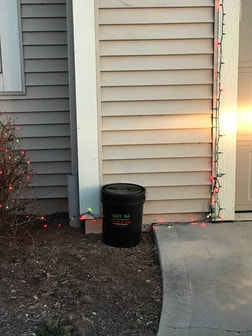
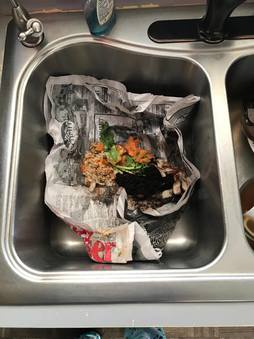
 RSS Feed
RSS Feed